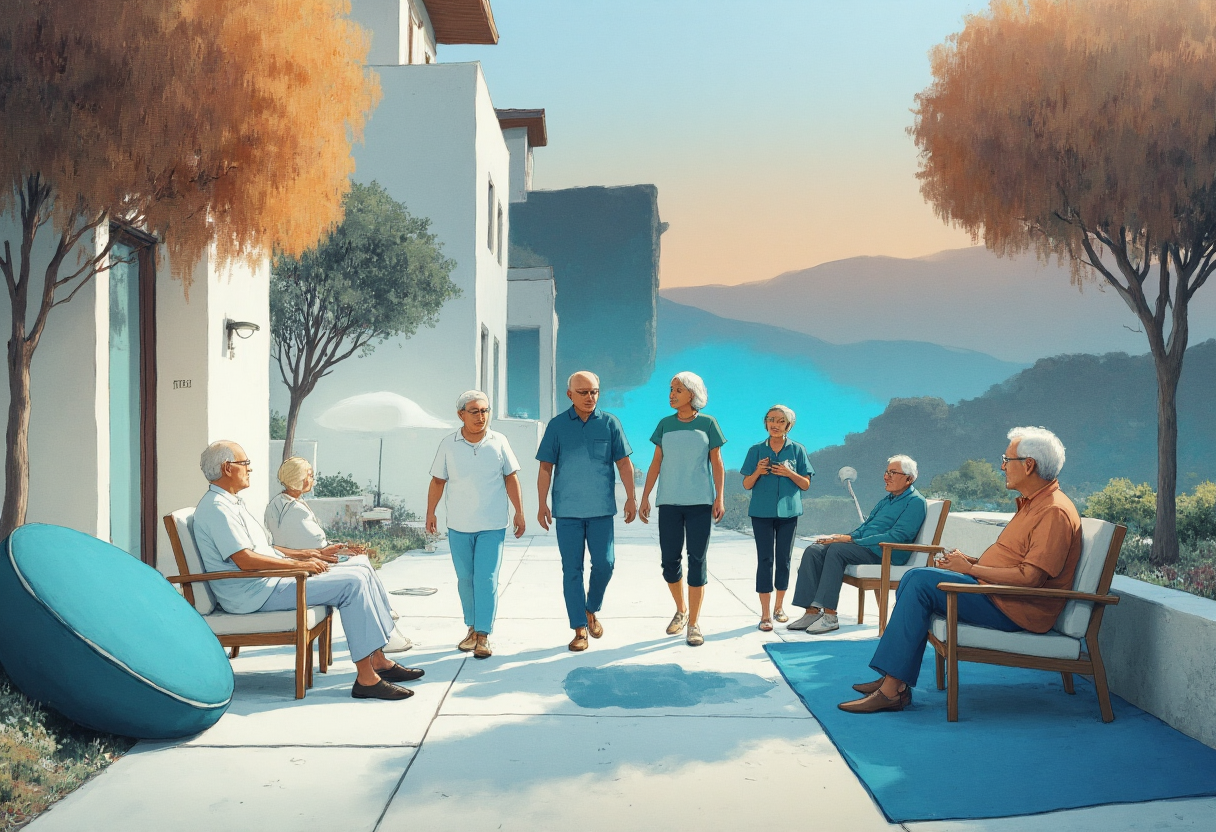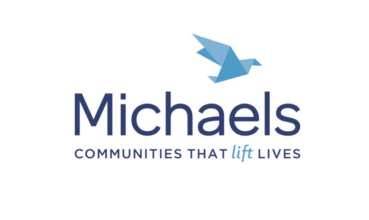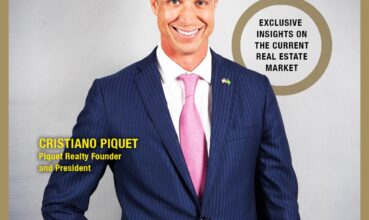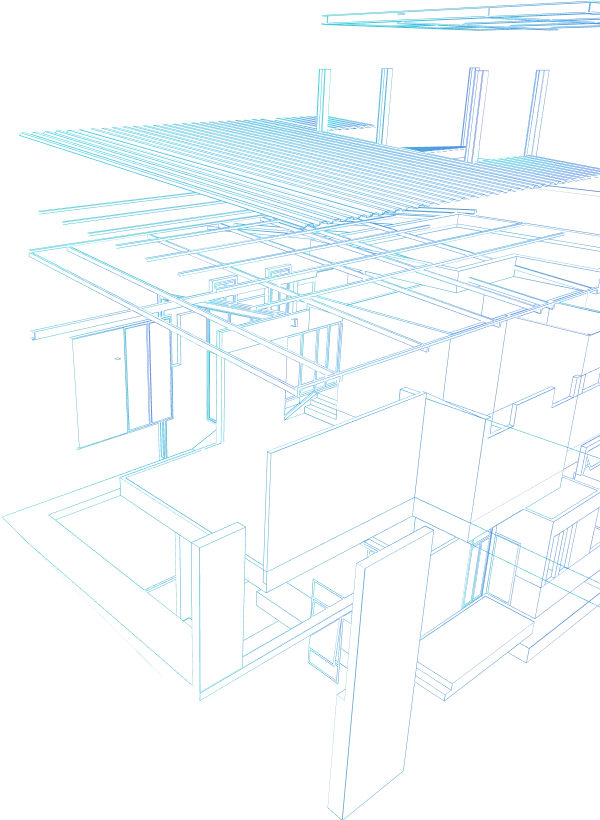In Miami’s luxury real estate market, differentiation is everything. While many brokers tout their market knowledge or networking capabilities, Cristiano Piquet, founder of Piquet Real...
How Viva Bene Solves the Boomer Housing Crisis with a New Vision for Aging in Place




The aging of the Baby Boomer generation is reshaping the housing market like never before. Laurie Schultz, Principal and Co-Founder of Avenue Development, emphasizes the importance of language when she says, “Nobody wants to be called a senior. It’s not seniors. It’s Boomer housing.” Avenue’s Viva Bene project embodies this shift by offering an innovative active adult housing concept designed to meet the needs of this growing demographic.
The urgency of this transformation cannot be overstated. Known as the “gray wave,” roughly 10,000 Baby Boomers turn 65 every day, driving a surge in demand for suitable housing options that the market is failing to meet. Schultz highlights the scale of the challenge: “There are only about 800 active adult rental properties nationwide. We’re in need of about two and a half million more units of some type of Boomer housing, not just active adult, but Boomer housing in the next decade.” This gap represents a massive opportunity and a pressing need to rethink how housing serves this influential generation.
A Serendipitous Path to Senior Housing
Schultz’s journey into real estate wasn’t planned. “There are people who start in real estate in two categories,” she explains. “One, they grew up in it as a family legacy, and others get into it by accident. I’m definitely part of the latter.”
As a college student, Schultz needed to complete two required business school internships. Unable to return home to Indiana for interviews, she found herself with limited options in Indianapolis. “By the time I got back, there was only one company left that was hiring for the summer. It ended up being in commercial real estate development for apartments.”
This fortuitous placement introduced her to market analysis and the fundamentals of real estate development. After gaining experience across various commercial real estate sectors, Schultz found her calling in senior housing about 13 years ago.
“Senior housing and age-restricted housing really has that heart and people piece that motivates me daily,” she shares. “I was able to combine the analytical aspects of commercial real estate development with meaningful purpose.”
Schultz met her co-founder, Mike Mattingly, while working in skilled nursing development. Both coming from entrepreneurial families, they founded Avenue a little over ten years ago, initially focusing exclusively on commercial real estate development for senior housing and healthcare.
Beyond Traditional Senior Living
About eight years ago, Schultz and her team began noticing an emerging market trend as Baby Boomers reached retirement age. These weren’t seniors looking for assistance with daily living, they were active adults seeking community, socialization, and freedom from home maintenance while maintaining their independence.
Four years ago, Avenue launched Viva Bene, which means “live well” in Italian. The concept extends beyond typical active adult communities by integrating preventative healthcare services with community living.
“We’re taking it a step further,” Schultz explains. “We recognize the social and community aspects that make active adult housing important for Boomers, and we’re combining it with services that help people maintain their health and independence longer.”
This approach addresses a critical gap in the senior housing continuum. Traditional senior housing options like independent living communities typically attract residents with an average age of 82-84, while Viva Bene’s active adult communities appeal to a younger demographic with an average age of 70.
“The misconception is, ‘If I’m moving into age-restricted housing, I’ll be surrounded by old people,'” Schultz says. “This is exactly what we hear from our residents. Even if someone is 85 years old, they say, ‘I don’t want to be around old people.’ The active adult communities are active and vibrant. We’re targeting a younger Boomer population that wants to be proactive about their health and lifestyle.”
The Three Pillars of Viva Bene
Viva Bene’s approach rests on three interconnected pillars designed to promote holistic wellness:
- Social Engagement: Combating loneliness through community living and thoughtfully designed activities. “We hear every time a resident chooses Viva Bene, they want to be in a place that has activities for their mind, body, and soul,” Schultz says. These might include fitness classes, cooking classes, or lectures in multipurpose rooms.
- Purpose Development: Creating opportunities for residents to maintain a sense of purpose, whether through volunteer work or continued employment. Contrary to popular belief, approximately 20% of Viva Bene residents are still working. “I think you’re going to see that trend continue, where retirement looks different than it did in generations past,” Schultz observes.
- Preventative Healthcare: Partnering with Sevi Health to provide on-site wellness services and care coordination. “On average, the typical 60-plus year old American is already managing one to two chronic conditions,” Schultz explains. “Our goal is to help residents proactively manage their health by providing services within their community.”
Sevi Health acts as a “personalized medical concierge” for residents, helping them navigate the complex healthcare ecosystem. This might include finding specialists, scheduling appointments, managing medications, or connecting residents with behavioral health resources.
“Many people become frustrated navigating healthcare systems,” Schultz notes. “This approach provides augmented services to our residents so they can maintain their health and quality of life for many years in the comfort of their own home.”
The Rise of “Solo Aging”
While Viva Bene serves both couples and singles, a significant portion of residents are individuals aging on their own, a demographic trend known as “solo aging.”
“The vast majority of our residents are single individuals,” Schultz says. “There’s this movement about solo aging. If you’re aging on your own, you may not have family in town, and this is a sense of community. When we talk to residents that have moved in, even after just a month, they say that the one thing that has surprised them most is how quickly they have found another family in their fellow residents.”
This social component addresses one of the key social determinants of health: loneliness. By creating environments where residents can form meaningful connections with peers, Viva Bene helps combat isolation while promoting independence.
Affordability and Accessibility
A critical differentiator for Viva Bene is its price point. “The reason that active adult is so intriguing to residents is because of that attainable price point,” Schultz explains. “We’re about 40% less in cost per month than an independent living community, so it really does help reach a broader spectrum of residents.”
This positions Viva Bene to serve what Beth Strohbusch, Avenue’s communications advisor, calls “that forgotten middle of US population” who “can’t afford traditional independent living, maybe can’t afford some of the active adult options that’s out there, but doesn’t qualify for affordable subsidy housing.”
Other key differentiators include:
- No buy-in costs: Unlike some traditional senior living options that require substantial upfront payments
- No bundled services: Residents don’t pay for meals or transportation they may not want or need
- Rental model: Offering flexibility without the long-term commitment of ownership
Expansion Plans
Having opened their first community in St. Louis earlier this year, Avenue is focused on expanding the Viva Bene portfolio throughout the Midwest and Mid-Atlantic regions. While their primary approach involves ground-up development, they’re also exploring acquisition of existing assets to accelerate growth.
“We are always looking at ways to grow our healthcare partnerships and offerings with our partner, Sevi Health,” Schultz adds. “We’re starting off on care coordination and primary care, but there are all kinds of services that we want to deliver to our residents in the future, looking at innovative ways to deliver new care delivery models.”
Similar Articles
Explore similar articles from Our Team of Experts.


“We get a lot of calls where homeowners say, ‘You sent me a letter, but this is not possible.’ And we’re like, ‘Actually it is.’ Some people just don̵...


More homebuyers are turning their attention to western Colorado, drawn by its scenic beauty, slower pace, and growing communities that offer space without sacrificing convenience. Spirit Bea...


For Bryan VantHof, a veteran real estate agent with RE/MAX Advantage Plus in Minnetonka, Minnesota, recent industry changes have created new opportunities for meaningful client conversations...


From pioneering affordable housing programs in the early 1970s to managing a current $5.1 billion development pipeline, The Michaels Organization has established itself as a force in the aff...




